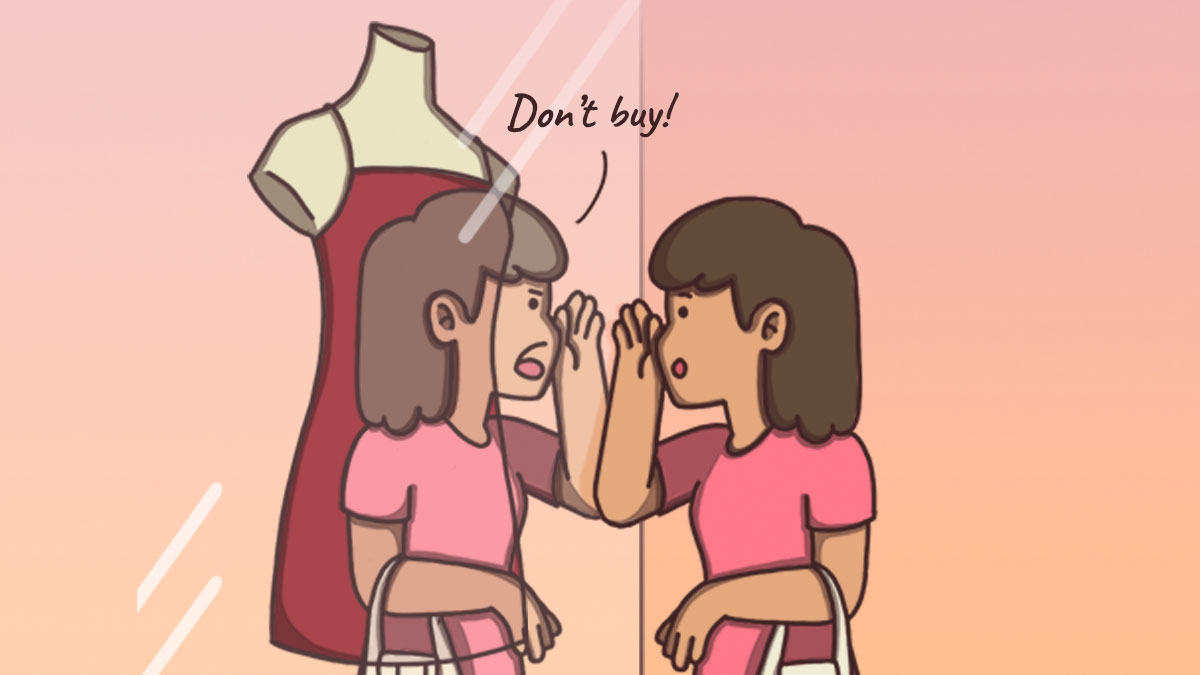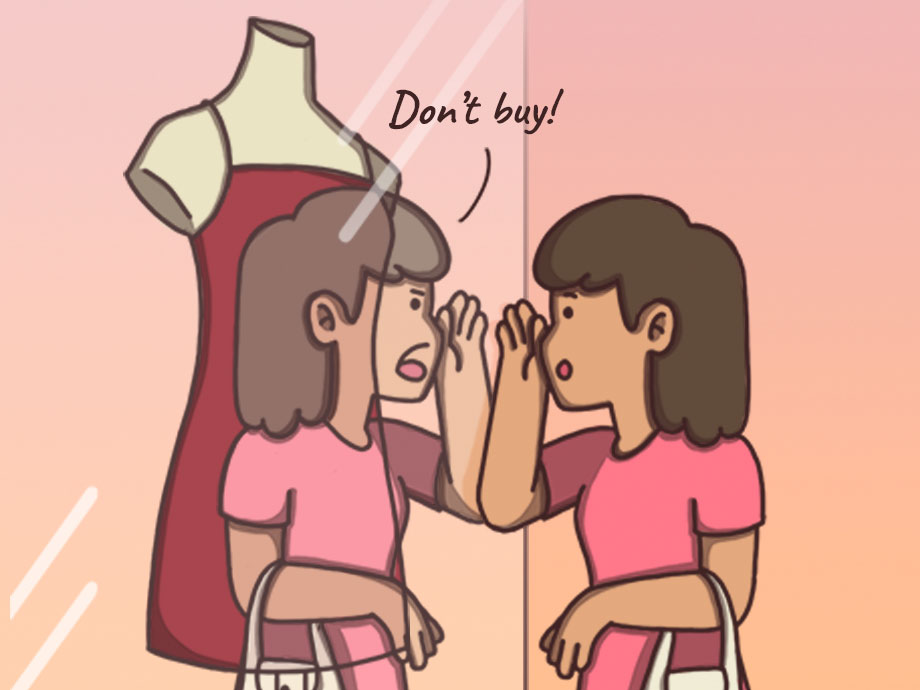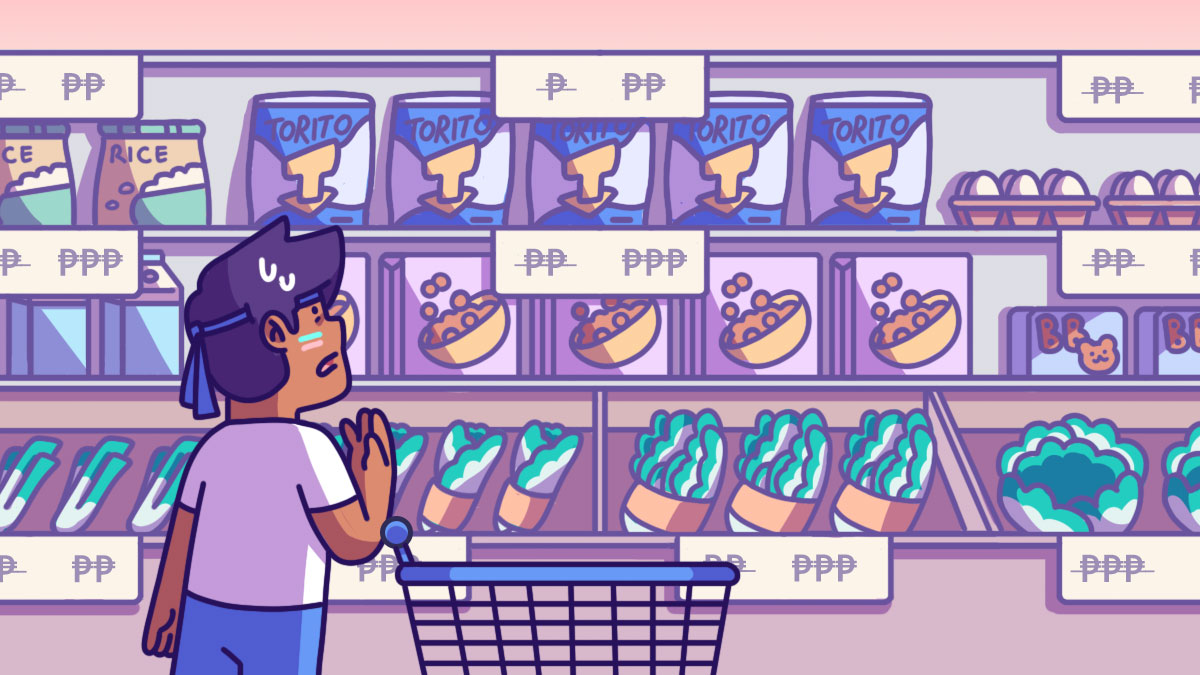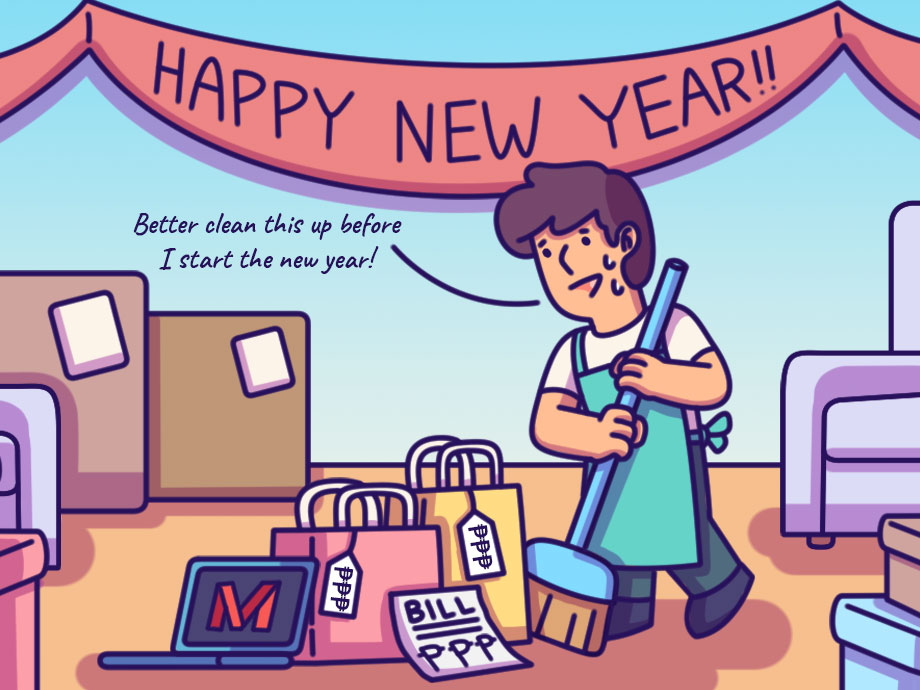Budgeting | Financial Planning | Personal Finance | Article
Are You Ready for the Inflation War in the Philippines?
by Lionel | January 11, 2023
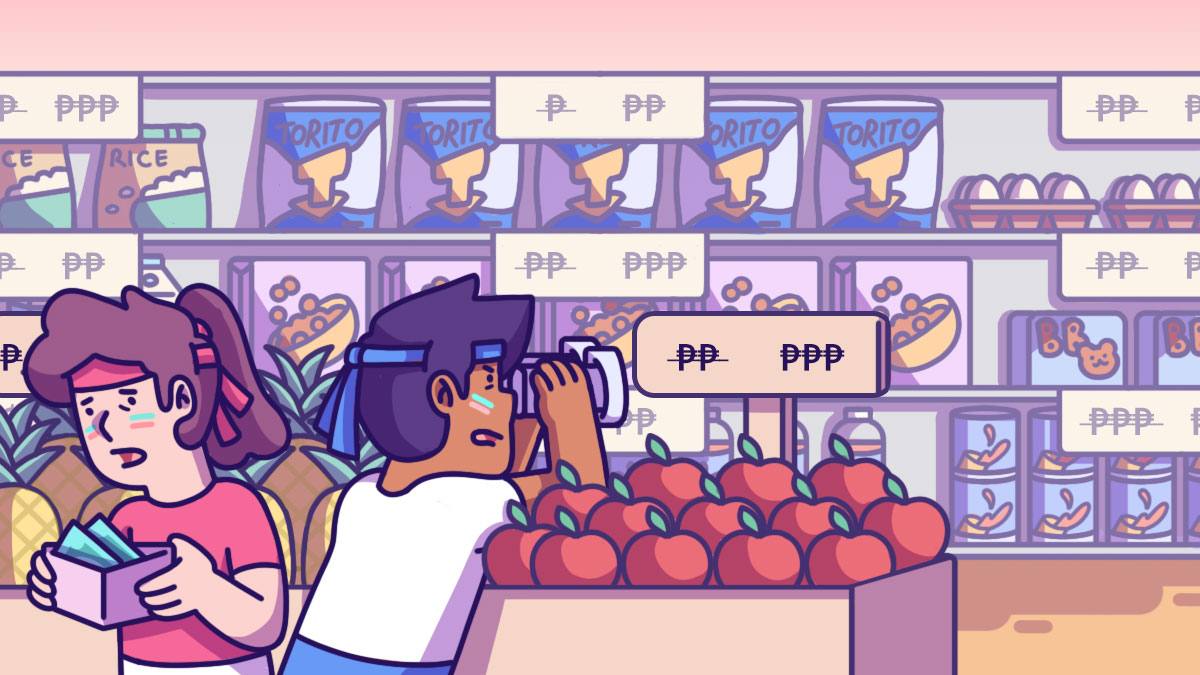
Inflation is this nine-letter bad word that’s on everyone’s lips these days. In nearly every country around the world, prices of almost everything in our daily lives are going up.
In the Philippines, the price of eggs has increased by 8.7%, plantains by 16% and cooking oil by 20.4% compared to last year, according to the Philippine Statistics Authority (PSA)’s Summary Inflation Report Consumer Price Index in October 2022.
The per kilo price of red onion rose from ₱120 to ₱140, pork liempo from ₱340 to ₱370 and refined sugar from ₱50 to ₱95 between September 2021 to 2022.
Even popular food and beverage chains like Jollibee and Starbucks couldn’t escape the impact of inflation and rising costs of raw materials.
Jollibee’s 1-piece Chickenjoy went up from ₱76 last year to ₱84 this year. Starbucks Philippines increased prices of all its beverages by ₱5 since 13 September 2022 due to a cost hike in sugar.
But more importantly, what does inflation mean for you and your finances?
Let’s start with “What is inflation”?
The International Monetary Fund or IMF describes Inflation as “the rate of increase in prices over a given period of time. Inflation is typically a broad measure, such as the overall increase in prices or the increase in the cost of living in a country”.
Basically, everything you buy becomes more expensive as time goes on. Or another way of looking at it, your dollar is worth less and less over time because your dollar can’t buy as much things as it used to. As an example, you can enjoy a simple meal for less than ₱150 last year while you’ll have to spend ₱200 for the same meal today.
Theoretically, inflation can be good for the economy when prices increase at a steady rate each year. But in 2023, we’re seeing high inflation rates that has made our cost of daily living a lot more expensive in a short span of time.
Related
How much Inflation is there?
Inflation in October 2022 was 7.7%. This was a 61% increase compared with the January 2022 rate and is the highest inflation rate recorded since December 2008 according to PSA.
Inflation for food at the national level also increased to 9.8 percent in October 2022. It was only 4% in October 2021.
If you’re calculating in terms of PSA’s average monthly food budget for a family of five, their ₱7,528 in 2019 has inflated to at least ₱8,379. That’s a 11.3% increase!
Where did all this Inflation come from?
Inflation or overall price increase is triggered by cost-push factors and demand-pull factors. The increase in cost of Jollibee’s raw materials is an example of a cost-push factor that triggers inflation. A demand-pull factor is when consumers are willing to pay more for certain goods and therefore their demand is “pulling” up prices.
How does inflation hurt your savings?
An increase in inflation from 1% to 3% means a 45.8% fall in your retirement savings over thirty years.
Using the Social Security System (SSS) with a maximum contribution of ₱100,000 per year as an example, ₱3 million in retirement savings is reduced to ₱1,626,000 by the time you hit 65 years old.
A 3% annual inflation rate will also reduce your purchasing power by almost 60% over 30 years. Therefore, your ₱10 can only buy ₱4 worth of goods in 30 years.
Related
The Inflation War
Fans of Walt Disney’s Avengers Movies will recall Thanos’ search for the 6 Infinity Stones. By placing them into the Infinity Gauntlet, he can make right the universe by halving its population, thus triggering the Infinity War.
Applied to real life, these stones represent the six asset classes of Cash, Bonds, Stocks, Real Estate, Commodities and Cryptocurrencies in an Inflation Gauntlet held by each Central Bank.
A central bank is a country’s government organisation that manages and controls that country’s money supply. The central bank of Philippines, for example, is the Bangko Sentral ng Pilipinas.
Central Banks have started an Inflation War with their Inflation Gauntlets. Instead of half the world’s population disappearing, half of the money that’s in the economy may disappear at the snap of their fingers.
And there has been a lot of finger snapping this year with the US Fed raising interest rates, which both directly and indirectly triggered Philippines’s Inflation Gauntlet, thereby creating a larger black hole in our wallets.
We end up with less savings to pay for the higher cost of food, housing, and transport.
The Inflation War is undoubtedly here in the Philippines. It is already brewing on our roads, in our supermarkets, our restaurants, our workplaces and our homes. You’ll be amazed how little your ₱100 can buy these days.
You may start considering downsizing and find new ways to diet simply by looking at the price of food. If you’re thinking of starting a family, inflation is going to make you think twice. It may transform many of us into cheapskates.
And there’s no escaping if you have basic needs, a job, a business, a mortgage and/or children. In a worst-case scenario, this inflation war can plunge Philippines into a prolonged period of instability.



